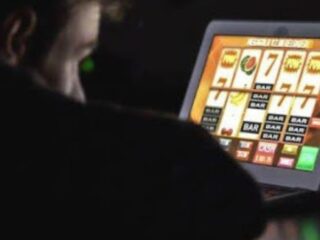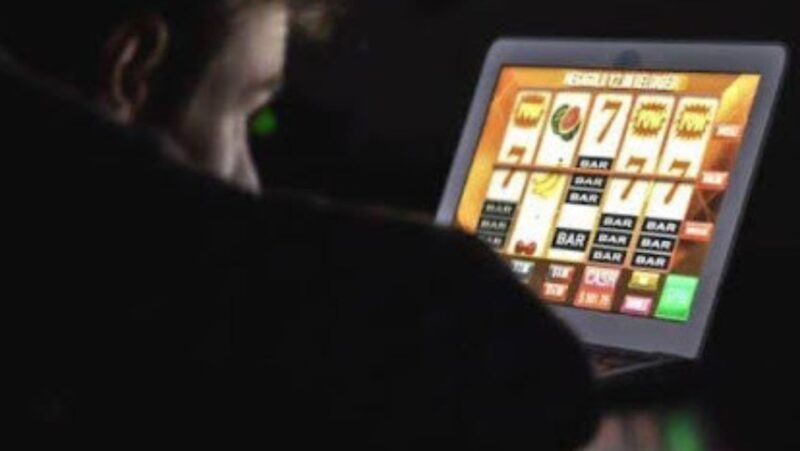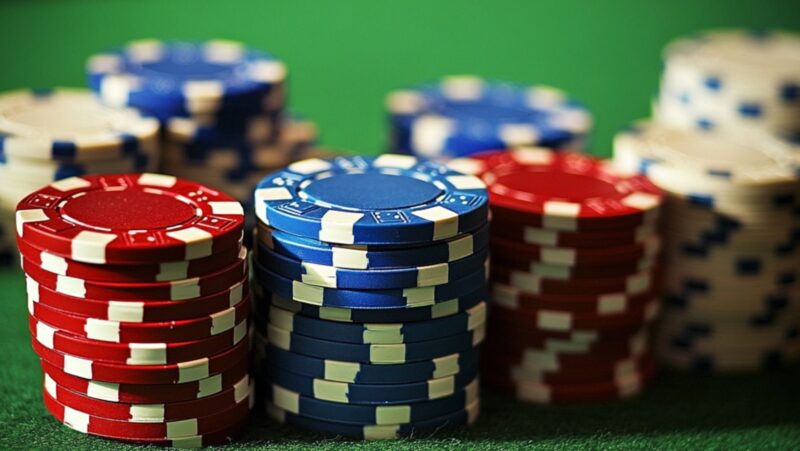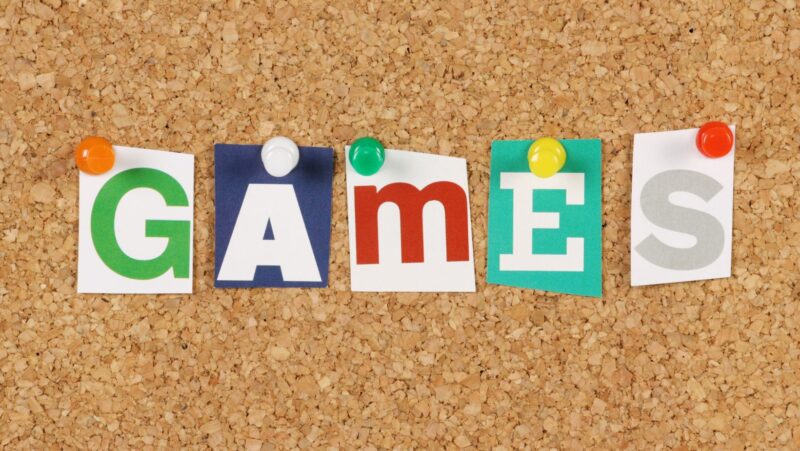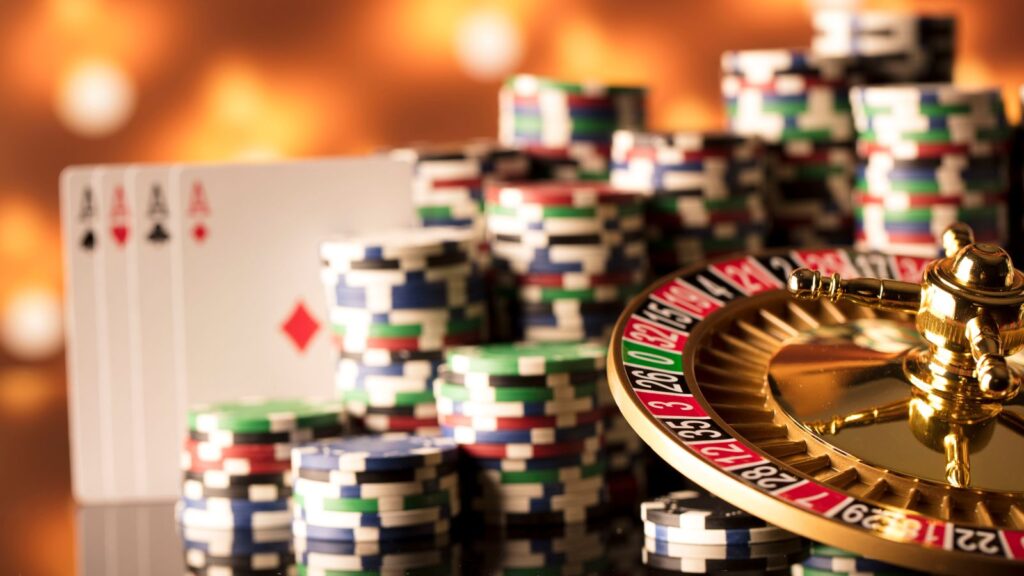
It starts with a ping. Then a swipe, a badge, a streak. Before we even realize it, we’re back on the screen, chasing something that doesn’t really exist but feels urgent anyway. Apps don’t just wait to be used—they call us in, over and over again.
When Feedback Loops Replace Free Time
Mobile behavior today isn’t shaped by need—it’s sculpted by response. People scroll for rewards, chase progress bars, and keep up with daily goals set not by life, but by code. Fitness apps count your steps, then light up. Shopping apps toss in “surprise” offers for opening them twice a day. Everything is built to give back just enough to keep us reaching. This loop isn’t accidental—it’s designed. The smallest actions are rewarded, the next tap is never far. Even outside traditional games, we’re playing something. It’s just that now the score is hidden in streaks, coins, or timers. It’s passive—but incredibly effective. And it’s happening everywhere.
Why So Many Apps Now Want You to Spin Something
There’s a reason so many apps ask you to “spin” before showing anything. That motion—simple, quick, and random—locks people in faster than most design tricks. You’ll see it in food delivery apps, cashback sites, even phone cleaners. One flick, and something drops: a discount, a coin, a bonus day. It isn’t just habit-forming—it’s patterned after something older. That same quick-hit method shows up across casual gaming and, of course, in slots. The logic is the same: offer a reward without overthinking. This spin-based system, once only tied to gambling, now powers many things users don’t even question. And yes, it still thrives where it started. This kind of rhythm lives best where it was made to belong—on sites such as SpinMills Casino spin-mills.com, where the spin is the whole point. Everything else just borrowed the idea and softened the edge.
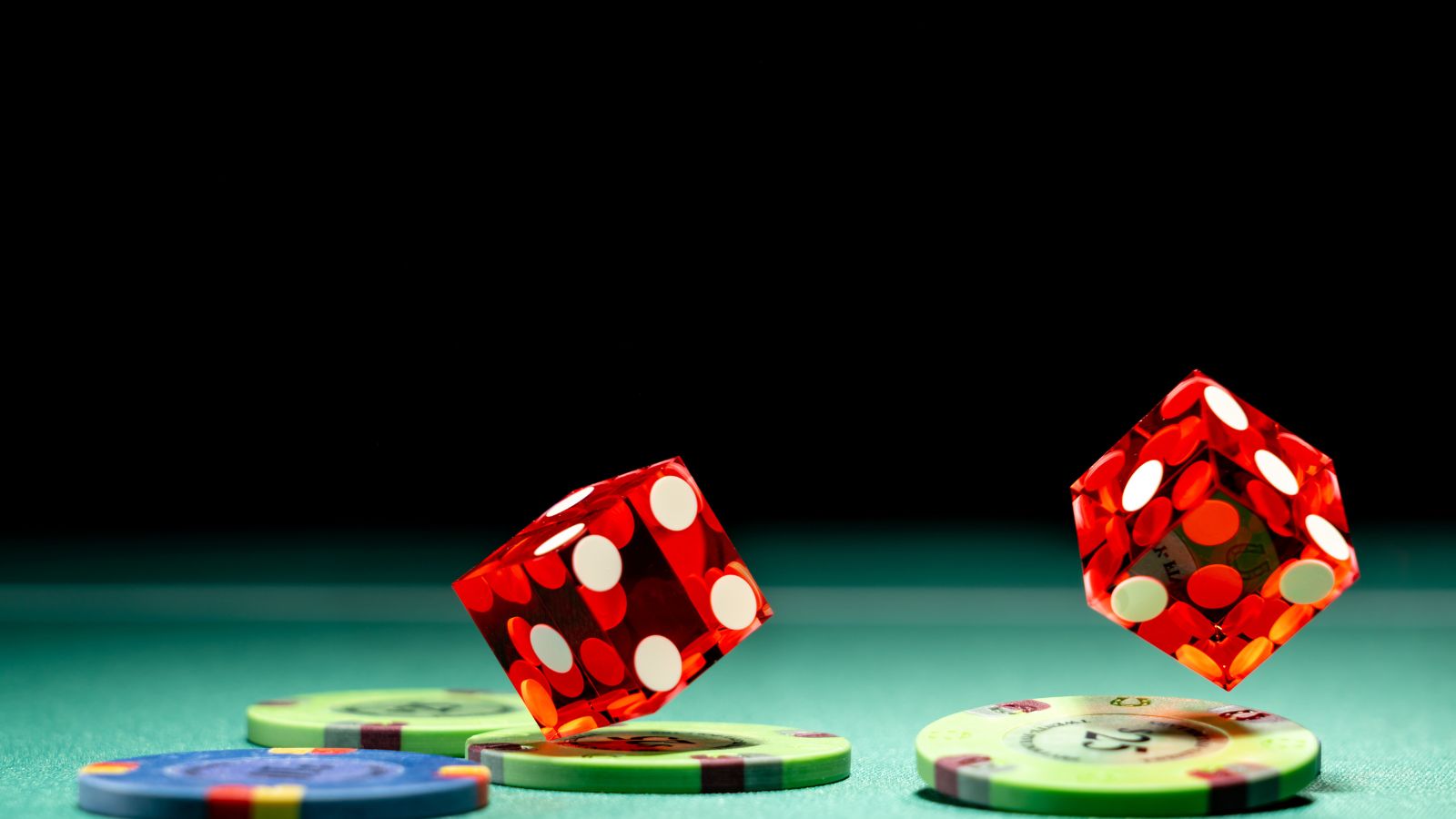
Why Small Wins Keep People Tapping
It’s not the big prize that pulls people in—it’s the quick feedback. A blinking badge. A reward for opening an app three days in a row. These things aren’t accidents. They’re built on brain chemistry, and more specifically, how fast rewards affect our sense of progress. That’s why slot machines have always worked so well. They don’t rely on deep logic—they deliver quick motion, sound, and color with just enough unpredictability. Mobile apps now use the same recipe. A few seconds of effort, followed by something shiny. Even if the prize is tiny, the brain reacts. That flash, that ding—it signals that something went right. It keeps people reaching, even if they can’t name why. Gamification isn’t complicated. It’s repetition plus reward, dressed up in visuals that don’t demand attention—but still hold it just enough to bring you back.
How Slot Mechanics Ended Up in Your Workout App
Look closely, and you’ll see it everywhere. Your step tracker gives you a badge for walking three days in a row. Your language app shows fireworks when you hit a streak. Even shopping apps throw in mystery bonuses when you open them twice in a day. These aren’t random perks—they’re borrowed designs. The same small-win rhythm used in slot games has made its way into apps most people don’t even think of as games. It works because it’s fast, simple, and taps into the same need for reward that drives people to keep going. The prize doesn’t need to be big—it just needs to feel earned. Designers now build apps around these loops. Tap, react, repeat. It’s the same motion you’d find pulling a lever or spinning a wheel, only now it’s tracking your progress, not your bet. This is the same psychology that makes offers like the Lincoln Casino $5 no deposit bonus so appealing—small wins that keep users engaged and coming back.
Where Taps Lead Next: Gamification as the New Normal
There’s no reset coming. The reward-first format is already built into most of what we use. Whether you’re tracking water intake or browsing deals, some version of a reward loop is waiting. And it didn’t start with fitness or shopping—it took shape in places built to hold attention, fast. Online casinos were the early architects of this model: one tap, one spin, one moment that might lead somewhere. That logic now runs through apps far beyond gaming. People don’t just want results—they want response. Movement. Flash. Something that feels earned without needing effort spelled out. As attention spans shift and screens stay full, design will follow what works. And what works? Small wins, quick actions, and a reason to tap again. It’s not about gambling—it’s about what keeps people coming back. And that design isn’t going away anytime soon.



